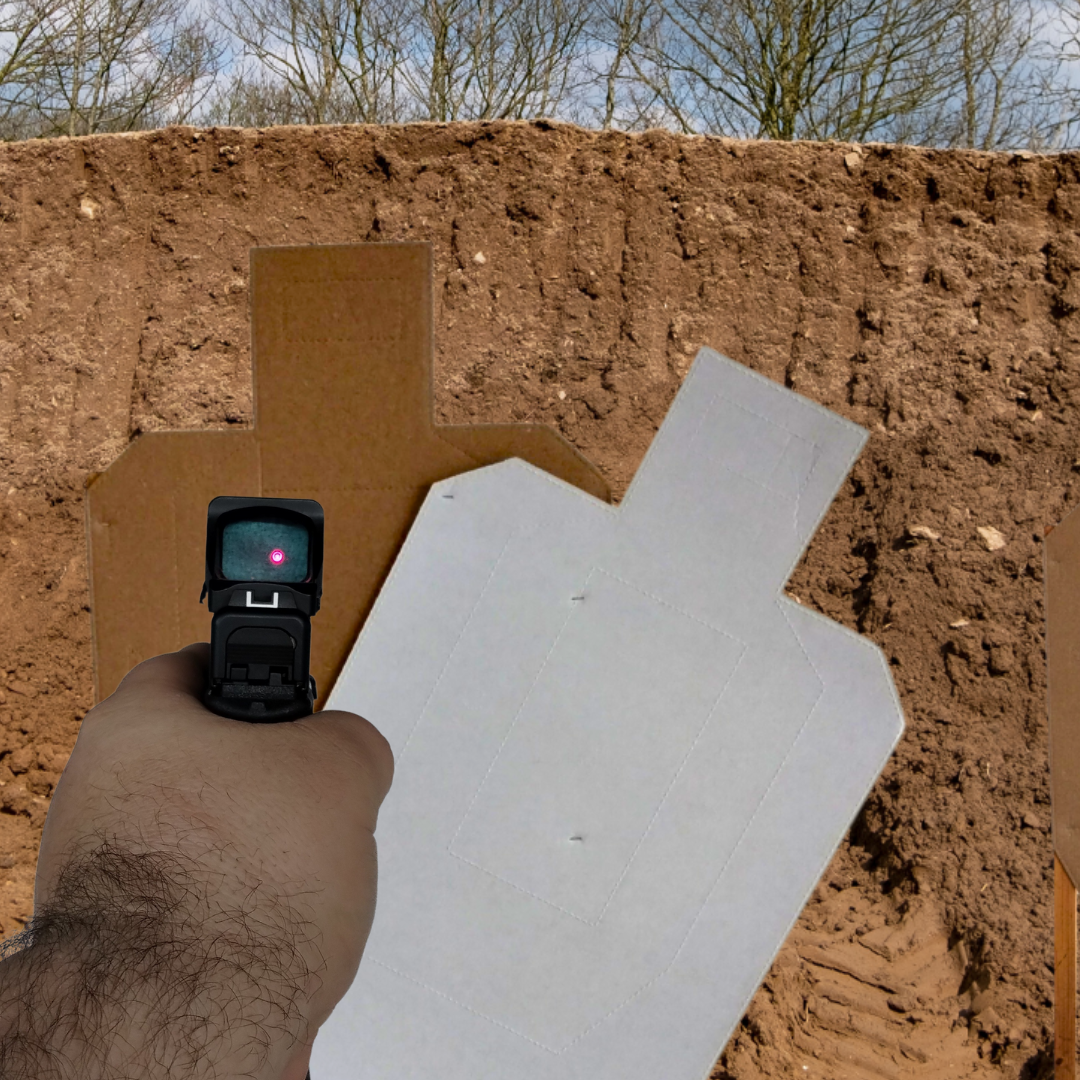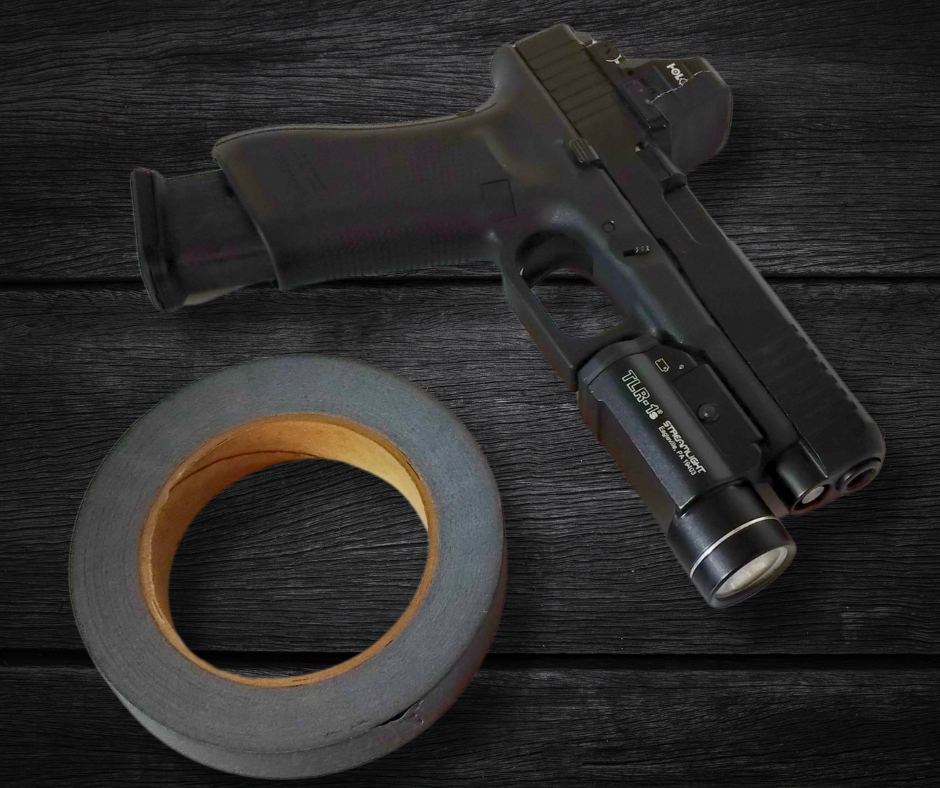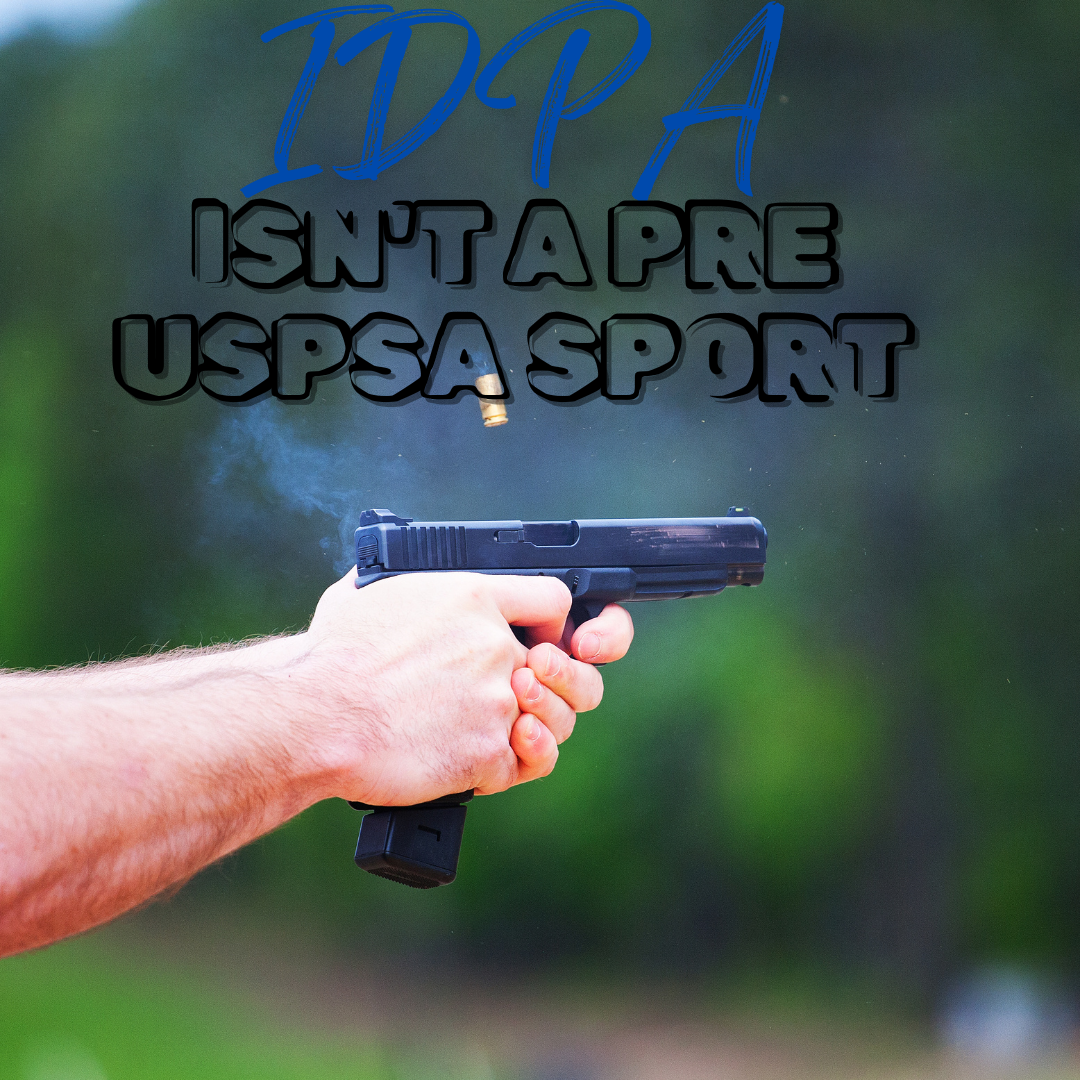

The Glock 47: A Competitive Shooter’s Dream
In competitive shooting, having the right equipment can make all the difference. The Glock 47, originally developed for the United States Customs and Border Protection (CBP), has quickly become a favorite among competitive shooters for its unique features and versatility. Let’s dive into what makes the Glock 47 a standout choice for those looking to gain an edge in competition.
Critical Features for Competitive Shooting
- Modularity and Customization
One of the most significant advantages of the Glock 47 is its modularity. The pistol combines a Glock 17 Gen5 MOS slide with a G45 frame, allowing for parts compatibility with the G17 Gen5 MOS, G19 Gen5 MOS, and G45 MOS. This modular design means competitive shooters can easily swap parts and customize their firearms to suit their needs and preferences.
- Enhanced Performance
The Glock 47 features a full-size slide and barrel. Repeatable Reliability is the ultimate performance. The pistol’s ambidextrous slide stop lever and front slide serrations make it user-friendly for right- and left-handed shooters, ensuring everyone can benefit from its performance enhancements.
- Optics Ready
In competitive shooting, speed and precision are paramount. The Glock 47 MOS (Modular Optic System) is designed to accommodate a wide range of optics, allowing shooters to mount their preferred red dot sights. This feature is particularly beneficial for those who rely on optics for faster target acquisition and improved accuracy. The ability to quickly and accurately engage targets can be a game-changer in competitions.

Practical Applications in Competitions
- USPSA and IPSC
The Glock 47’s modularity and performance enhancements make it an excellent choice for USPSA (United States Practical Shooting Association) and IPSC (International Practical Shooting Confederation) competitions. The longer sight radius and optics-ready design allow shooters to engage targets quickly and accurately, giving them a competitive edge.
- 3-Gun Competitions
In 3-gun competitions, shooters need a reliable, versatile handgun that can perform under harsh conditions. The Glock 47’s compatibility with off-the-shelf parts and accessories makes it versatile. Whether you’re transitioning from rifle to pistol or engaging multiple targets, the Glock 47’s performance and reliability will not disappoint.
- Training and Practice
For competitive shooters, consistent practice is key to success. The Glock 47’s design allows for extensive customization, enabling shooters to tailor their training setups to mimic competition scenarios. This adaptability ensures that shooters can practice with the same equipment they will use in competitions, leading to better performance on match day.
Rune Tactical Gen 5 Guide Rods
Another significant enhancement for the Glock 47 is the addition of Rune Tactical Gen 5 guide rods. These guide rods are designed to provide superior recoil management and durability, making them an excellent upgrade for competitive shooters. The improved recoil control helps maintain accuracy during rapid-fire sequences, which is crucial in competitive settings.
Conclusion
The Glock 47 is more than just a reliable handgun; it’s a competitive shooter’s dream. Its modularity, enhanced performance, and optics-ready design make it a standout choice for those looking to gain an edge in competition. Whether you’re competing in USPSA, IPSC, or 3-gun events, the Glock 47 offers the versatility and reliability needed to excel. Embrace the future of competitive shooting with the Glock 47 and take your performance to the next level.




























